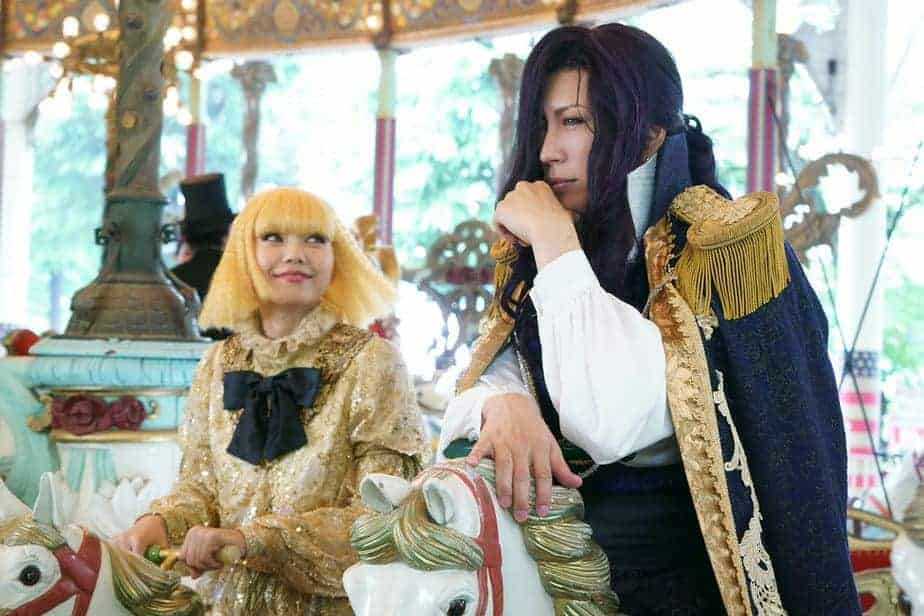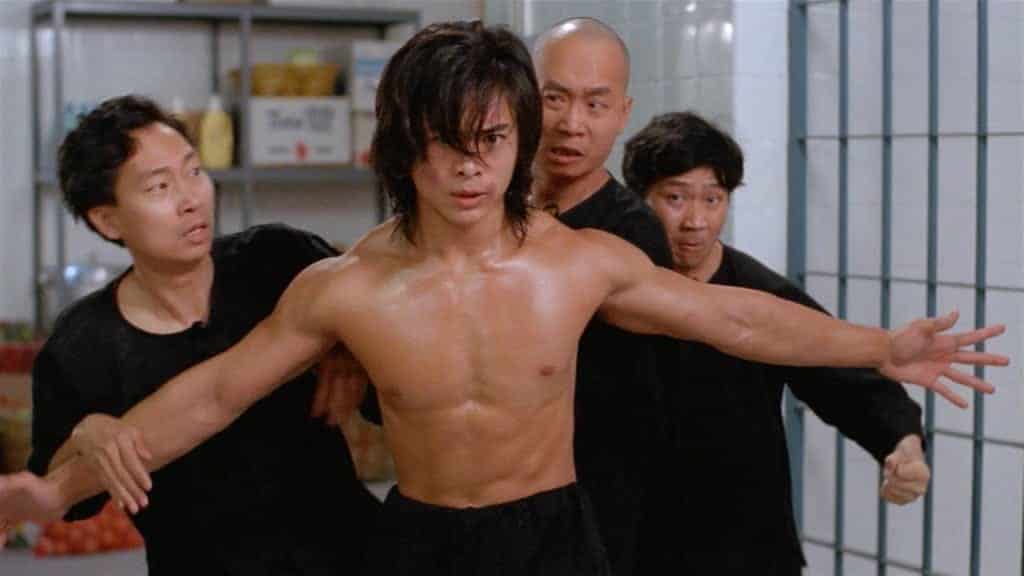After the “Thermae Romae” (2014) & “Thermae Romae II” (2016) extravaganza, director Takeuchi Hideki is back on his familiar ground of live action manga adaptation with “Fly Me To The Saitama”. If you thought the Thermae Romae saga or his 2018's fairy tale “Tonight, At The Movies” was crazy, well … watch this one and think again!
“Fly Me To The Saitama” screened at Udine Far East Film Festival
It is more than 40C in Kumagaya, capital city of Saitama, the Prefecture that is the northern neighbour of Tokyo, and you can literally fry an egg on the concrete. For the Sugawara family, it is a big day as proud Saitanese Dad is driving with Mum and Daughter to the latter's engagement party. The young woman is looking forward to getting married, especially because the couple has plans to go to live in Tokyo and escape the provincial stigma that hangs on Saitama; a place that is so close to Tokyo, and yet so far from Tokyo-ness. The car stereo is on and Dad is deeply absorbed in listening to a radio-play about the “urban myth” of Saitama's war of independence. While the radio narrates the tale, we are projected into this fantasy epic mythology of Saitama vs Tokyo. And what a trip it is!
In an imaginary time – a mix of future and steam punk + renaissance past – a great discrimination, based on the birthplace, divides the country and Saitama is relegated to the lower level, a place to be ashamed of and a threat to the splendid Tokyo, and therefore persecuted.
In Tokyo, Momomi Hakuhodo (Fumi Nikaido) is a high school boy student and son of the Tokyo governor Kenzo Hakuhodo (Akira Nakao). His popularity in the exclusive Hakuhodo Academy is shaken by the arrival from America of the darkly handsome and mysterious Rei Asami (Gackt) – in a sort of new-romantic Captain Harlock attire – who is actually a mole of the Saitanese revolutionary Liberation Front, being himself a Saitama native. Unexpectedly, a casual kiss between the two triggers an infatuation that pushes Momomi to re-think his position and decide to follow Rei in his quest. What follows is a heroic march towards independence, honor and dignity, defeating hordes of police, armed of hairdryer-shaped taser guns and cruel Chiba natives with odd torture methods (filling every orifices with peanuts). All of this, leading to a final epic battle. (An interesting triviality is that Chiba Prefecture has been added to the mythology – despite not appearing in the original source – because the director is from there).
“Fly Me To The Saitama” (Tonde Saitama) is based on an 80's Manga, written and illustrated by Mineo Maya and serialized in the shōjo manga magazine Hana to Yume in the early 80's, that plays on the universal and age-old rivalry between cool cities and uncool provinces, places that are often adjacent and yet miles away in terms of desirability.
It is a slippery ground and the chances to precipitate in cheesy campanilism are lurking behind every corner. However, director Takeuchi Hideki has enthusiastically and fully embraced the camp cheesiness and the stereotypes and came out with a 107 minutes of pure wacky fun.
The relatability of the scenario makes up for the billions of nuances that we will inevitably miss. Some in-jokes and little, very local nags will not hit the spot outside Japan, some others are easy to learn along the way, like the Saitamese legendary hot temperatures and the chip on their shoulder for not having an inch of coast. However, there are plenty of universally hilarious gags, flamboyant extravagances and straight-face absurdity to entertain and make laugh out loud anybody. Some of the highlights include a battle played with gigantic Trump Cards of Chiba vs Saitama celebrities and the “Saitamalaria” that Tokyoites risk to contract as they cross the border.

Acting has been fine-tuned on Takeuchi's instructions to become one of the funniest elements of the film, with Fumi Nikaido and the love interest – a 21-year senior Gackt – acting seriously and with extreme rigor, telenovela-style, to an amazingly comedic result. As the material it is based on is a “boys love” manga (Yaoi), Nakaido in a male role facilitates the imagination and at the same time enhances the silly affectation of all.
Photography is flamboyant as expected and the director has playfully mixed some real footage of demonstrations and of the Tokyo marathon to pretend they're hordes of rebels in the final battle. It is so obviously fake that makes it even funnier.
The film has already proved very popular in Japan where the Saitama vs Tokyo is an ongoing “meme”. The director has been asked to produce several versions, featuring different Prefectures and even one about Shanghai and its provincial outskirt. I wouldn't be surprised if in few years it will become a “franchising” along the line of “Miss Granny”.
Let your hair down and surrender to the camp nuttiness of this movie and don't miss the hilarious final credit song.















